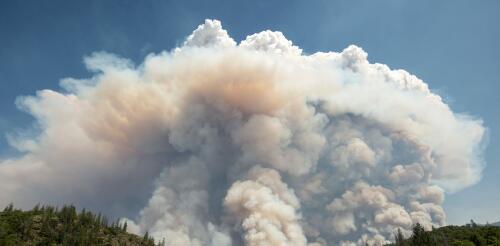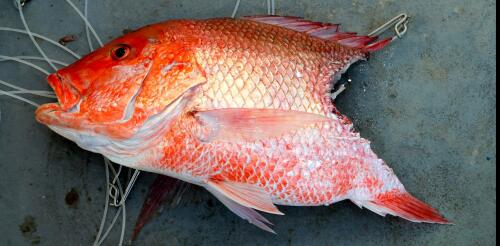environment
When you walk through a forest, it may feel like a static setting where very little is happening. But trees are constantly interacting and reacting to each other as they grow. There’s intense competition for light and space. Every shift affects the overall makeup of the forest in some way. Forest scientists like me spend a lot of time thinking about forest succession – a predictable process in which plant species colonize and dominate a piece of land. The basic sequence is for land to evolve from an open field to brush and shrubs, then to young trees and ultimately to large, mature trees. Disturbances, such as a major storm or wildfire, can interrupt or set back forest succession. I study ecological changes in species composition, tree arrangement and forest development that occur during succession and after disturbances. My research team analyzes conditions in mixed-species deciduous, or leafy, forests. Using tree rings, we reconstruct what previous forests looked l...
Spanning 2,000 acres with more than 50 miles of trails, Wissahickon Valley Park in northwest Philadelphia offers a variety of recreational opportunities, from hiking and biking to bird watching and picnicking. We are a professor of history who co-authored a book on the Wissahickon Valley and an assistant professor of biology. We teach students at Chestnut Hill College, which sits directly across the street from this lush urban park, about the environmental history of the Wissahickon forest and the importance of preserving its biodiversity. We’re also developing a documentary on the Wissahickon funded by the Sisters of Saint Joseph. We want our students – and all Philadelphians – to understand the importance of protecting this urban ecosystem as a way to build climate resilience. Like many of the country’s other great urban parks – from Central Park in New York or Rock Creek Park in Washington to the smaller Phalen Park in St. Paul, Minnesota R...
Wildfire blowups, fire whirls, towering thunderstorms: When fires get large and hot enough, they can actually create their own weather. In these extreme fire situations, firefighters’ ordinary methods to directly control the fire don’t work, and wildfires burn out of control. But how can a fire create weather? Satellite images show how the Park Fire near Chico, Calif., created intense pyrocumulonimbus plumes, visible in white, in July 2024. CSU/CIRA and NOAA I’m an atmospheric scientist who uses data collected by satellites in weather prediction models to better anticipate extreme fire weather phenomena. Satellite data shows fire-produced thunderstorms are much more common than anyone realized just a few years ago. Here’s what’s happening. The wildfire and weather connections Imagine a wildland landscape with dry grasses, brush and trees. A spark lands, perhaps from...
When tropical meteorologists peer at satellite images, they often catch sight of subtle cloud formations hinting at something more ominous brewing. The first signs of a potential hurricane can be detected days before a storm gains its fierce momentum. Wispy cirrus clouds radiating outward, the appearance of curved banding low-level clouds and a drop in atmospheric pressure are all clues. These early clues are crucial for predicting the onset of what might develop into a catastrophic hurricane. I am a meteorology professor at Penn State, and my research group uses satellites and computer models to improve forecasting of tropical weather systems. With an especially fierce Atlantic storm season forecast for 2024, being able to detect these initial signals and provide early warnings is more important than ever. Here’s what forecasters look for. Hurricane Harvey entered the Gulf of Mexico as a tropical wave before reorganizing into a tropical storm a...
Fishermen across the Gulf of Mexico are reporting that something is eating fish off their lines. What’s to blame? Many recreational anglers point a finger at sharks. This conflict has caught politicians’ attention. Congress has directed the National Oceanic and Atmospheric Administration, which regulates fishing in U.S. waters, to review shark and dolphin interactions with fisheries, and the U.S. House of Representatives recently passed the SHARKED Act, which would create a task force to address the problem. I’ve studied this conflict, which is formally called depredation, for the past decade. While some shark populations in the Gulf of Mexico, such as bull sharks, are increasing, my colleagues and I have found evidence that human perceptions are also an important factor. A Gulf angler races to land a fish before sharks take it. Sharky waters The Gulf of Mexico is home to more than 70 species of sharks – and those...




